Scientific name Acomys Phylum Chordata Order Rodent | Superfamily Muroidea Higher classification Deomyinae Rank Genus | |
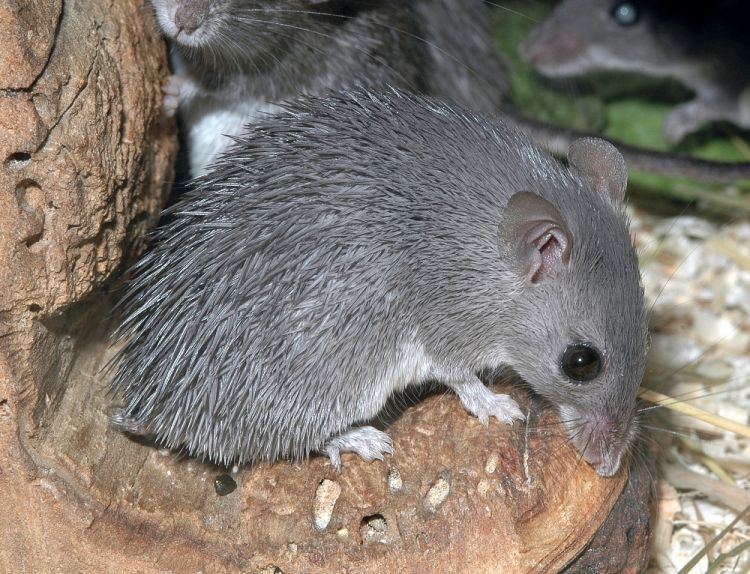 | ||
Lower classifications | ||
New spiny mouse
The term spiny mouse refers to any species of rodent within the genus Acomys. Similar in appearance to mice of the genus Mus, spiny mice are small mammals with bare, scaled tails. However, their coats are endowed with unusually stiff guard hairs similar to the spines of a hedgehog; this trait is the source of the common name, spiny mouse.
Contents
- New spiny mouse
- Golden spiny mouse masada
- Classification
- As exotic pets
- Housing
- Reproduction
- Autotomy and tissue regeneration
- References
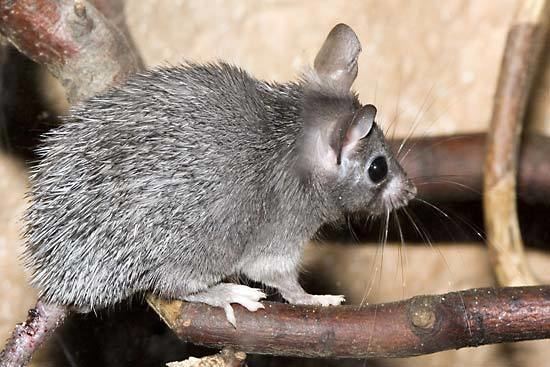
Despite their similarity to members of the genus Mus, genetic evidence suggests that the African spiny mice may be more closely related to gerbils than to common mice.
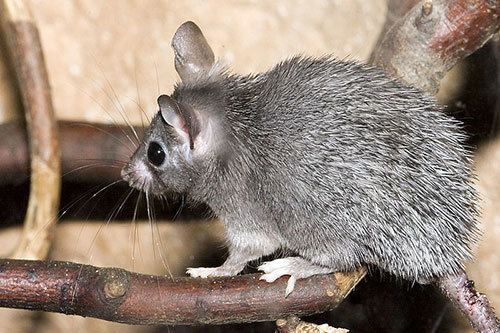
Golden spiny mouse masada
Classification
Genus Acomys - spiny mice
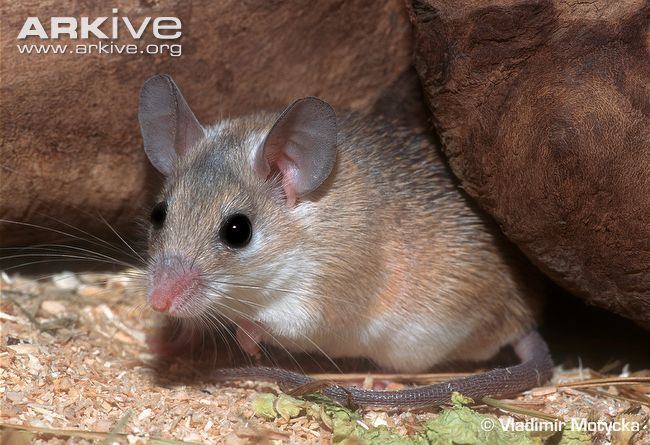
As exotic pets
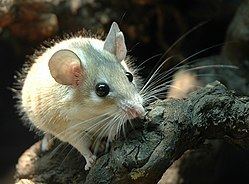
Though African spiny mice originated in the deserts of Africa, they are frequently kept as exotic pets in other parts of the world, particularly Western nations such as the United States. In the pet trade, they are most commonly referred to as Egyptian spiny mice or, more simply, spiny mice. Though these animals are similar to pet mice and rats, the tail of a spiny mouse is much more delicate. Therefore, the spiny mouse should never be picked up by its tail and should be handled with care to avoid a degloving injury. Their diet is also rather hard to maintain because their bodies have odd reactions to certain foods.
Housing
Due to their desert origin, spiny mice thrive at hot temperatures and should be maintained around 27 °C (81 °F). These animals are very social and should always be housed in groups when possible. As spiny mice are prone to obesity, it is important to provide ample space and environmental enrichment to encourage exercise.
Reproduction
Gestation length is between 38 and 42 days. Litters normally consist of 2 to 3 pups, but females may have up to 6 pups in a single litter. Other females within the social group may assist in the birthing process and tend to the newborns. Pups are born with their eyes open; they will begin to leave the nesting area at about 3 days of age. Babies are weaned around 5 to 6 weeks and reach sexual maturity at about 6 to 9 weeks. A female can conceive throughout the year and may produce up to 9 litters in a year. Lifespan for spiny mice is 4 to 7 years. The mother is able to become pregnant right after birth.
One species of spiny mouse was recently discovered to have a menstrual cycle which would make them important as a model organism to study menstruation and reproductive disorders, as Mus musculus, the common laboratory mouse, does not menstruate.
Autotomy and tissue regeneration
At least two species of African spiny mice, Acomys kempi and Acomys percivali, are capable of autotomic release of skin upon being captured by a predator. They are the only mammals known to do so. They can completely regenerate the autotomically released or otherwise damaged skin tissue - regrowing hair follicles, skin, sweat glands, fur and cartilage with little or no scarring. It is believed that the corresponding regeneration genes could also function in humans.
